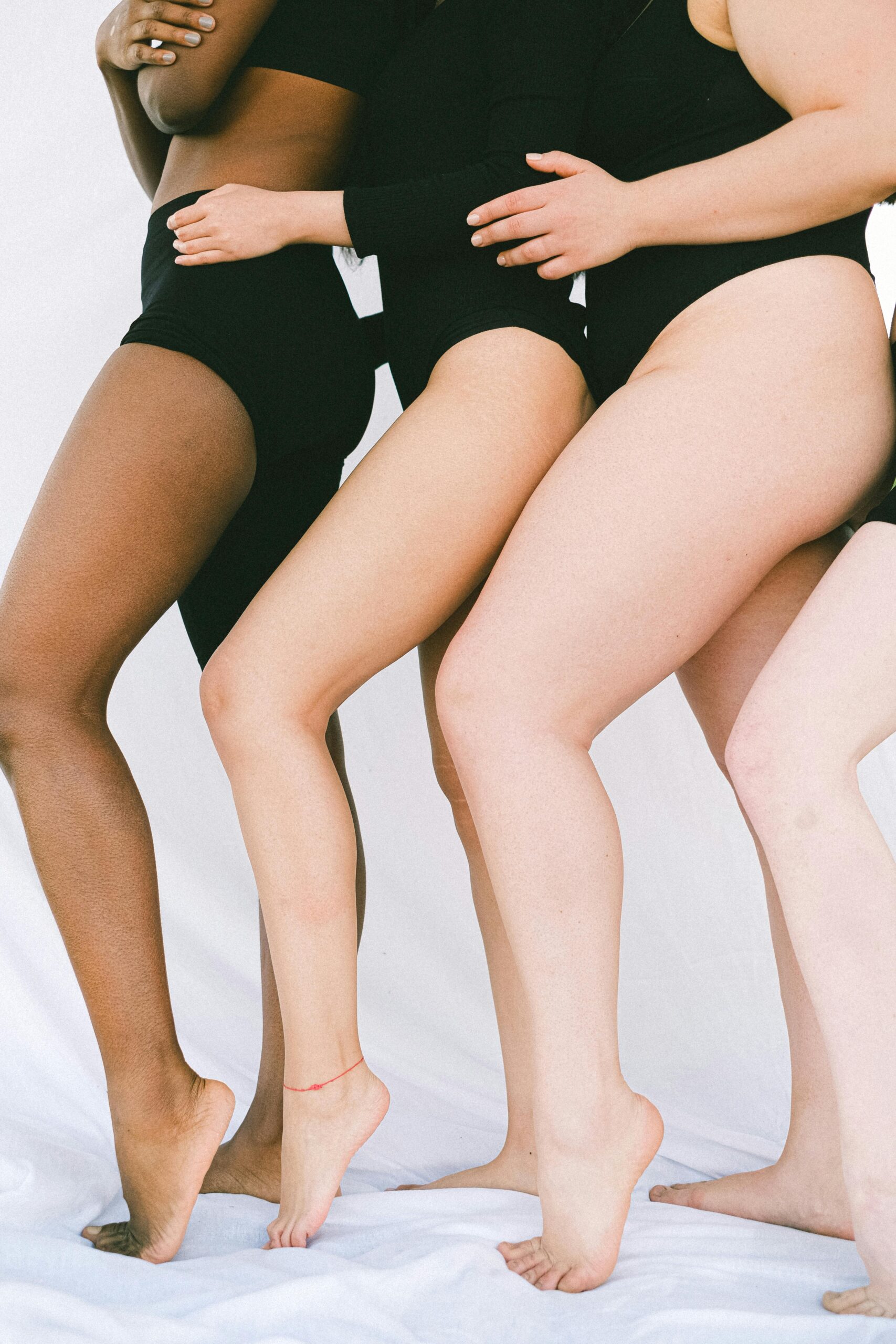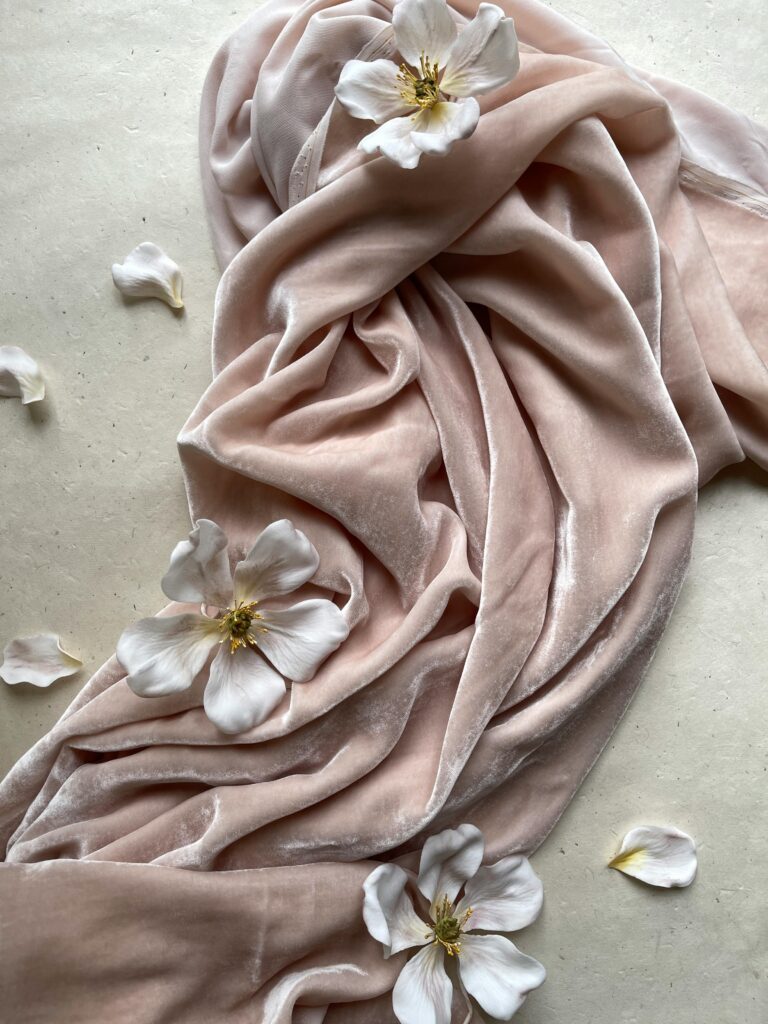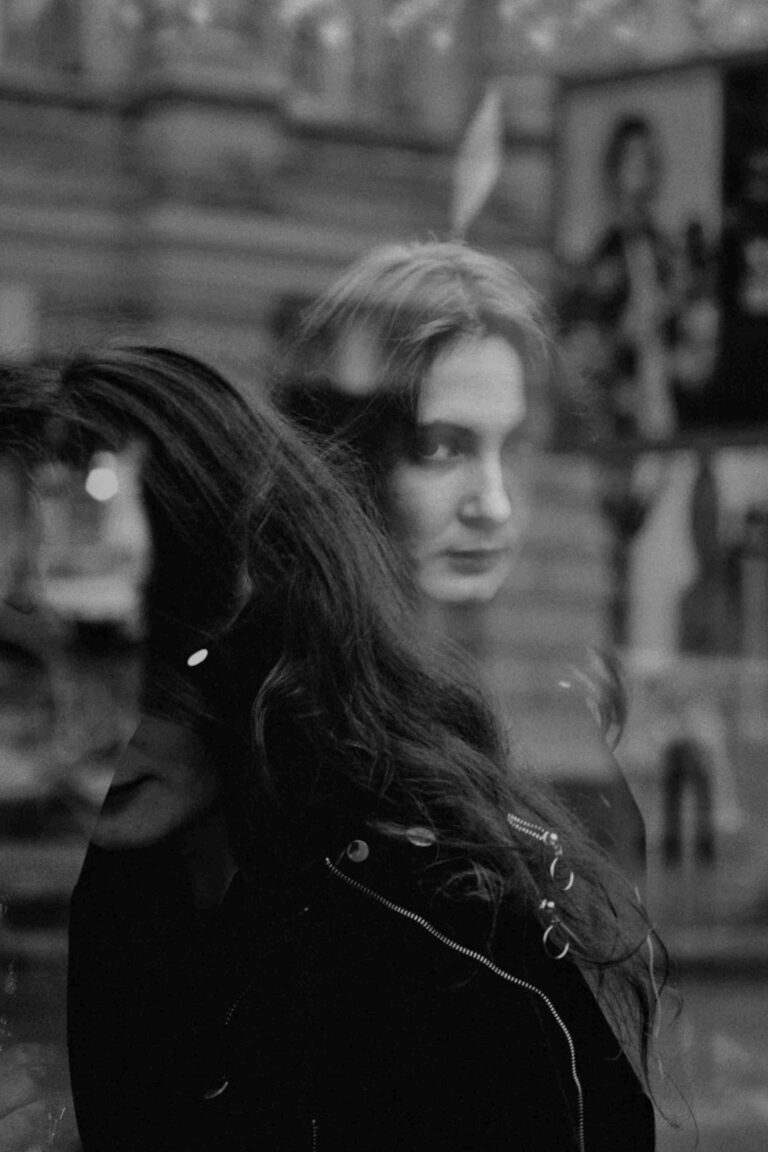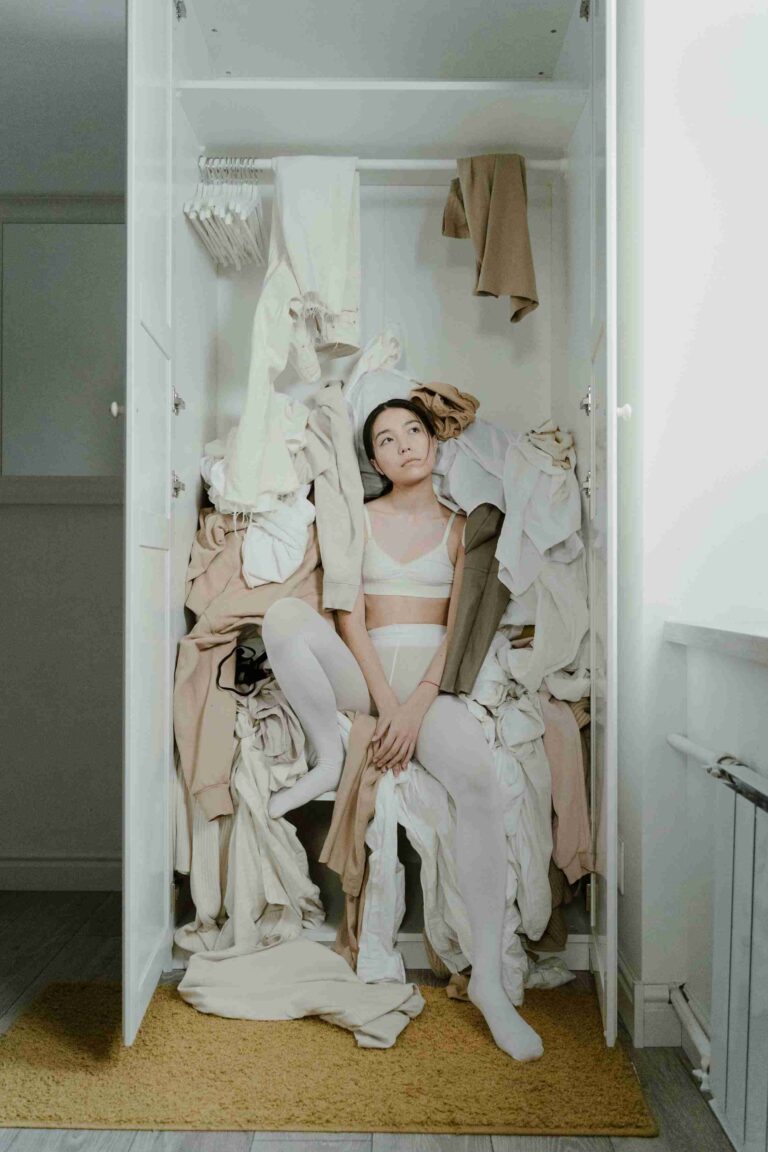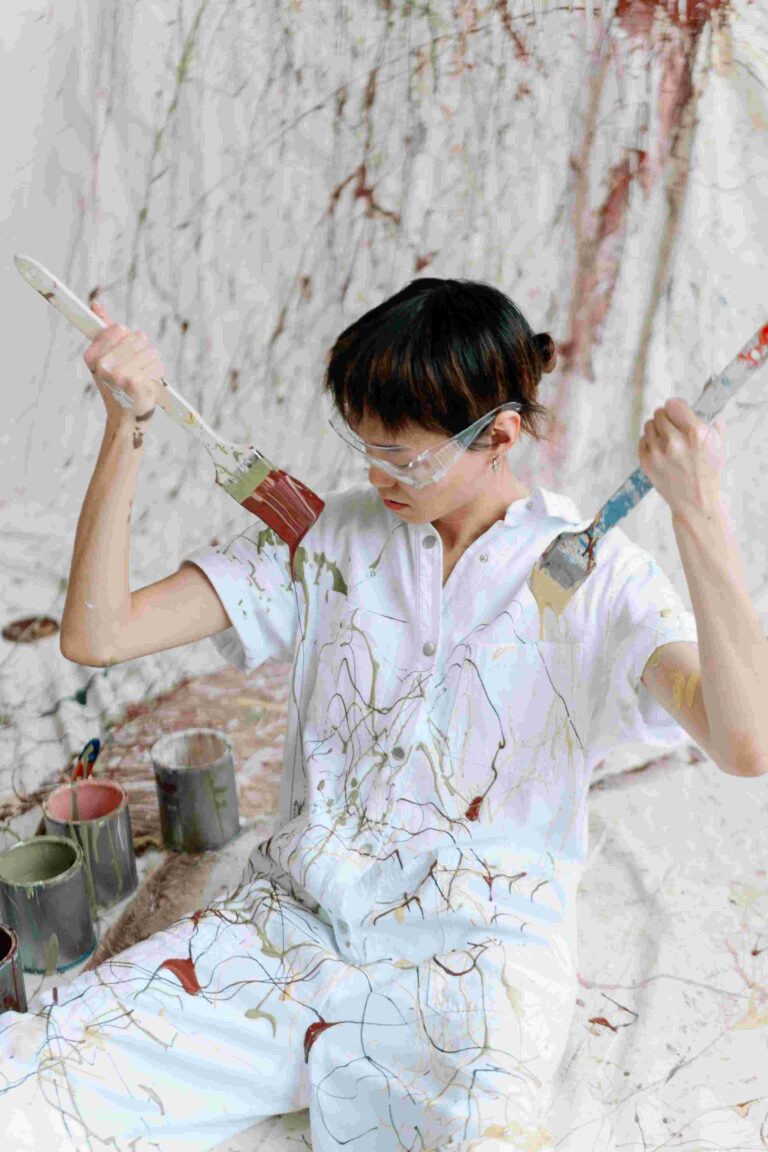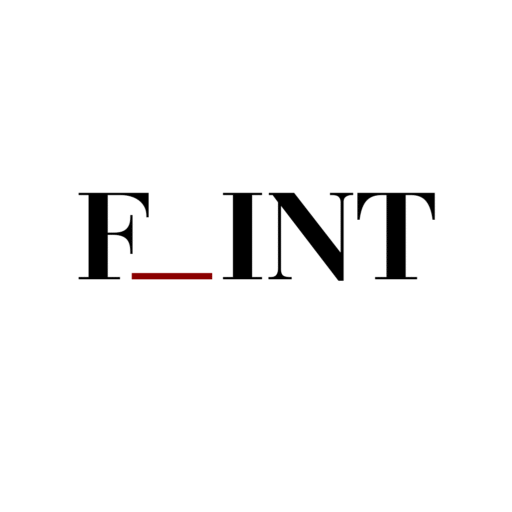How to Dress for Your Body’s Architecture: Proportion and Power
Tagline: From shame to structure: what balance really means.
Your Body’s Architecture: A New Approach to Dressing
Have you ever stood in front of your mirror, confused? You’ve heard the labels—”pear,” “apple,” “hourglass”—and a thousand rules about what you should and shouldn’t wear. There’s a persistent myth that unless you have one specific body type, most outfits just won’t look “right.”
Let’s be clear: that is simply not true.
In fashion, there is nothing you cannot wear. The magic lies in how you wear it. At Fashion Interlude, we believe your body is an architecture to be understood, not a problem to be solved. We are here to dismantle the toxic language of “flaws” and “problem areas.” Our goal is to move from a language of shame to a language of structure, balance, and power. This is about dressing your proportions, not your insecurities, so that both your inner and outer style feel more like you.
Understanding Body Shapes: Geometry for Your Style
Before we dive deep, let’s address the language you already know. Your “body shape” is simply a descriptor for your natural geometry—the way your shoulders, waist, and hips relate to one another.
- Triangle: Hips are proportionally wider than the bust and shoulders.
- Inverted Triangle: Shoulders are broader than the hips.
- Rectangle: Shoulders, waist, and hips have a similar width.
- Hourglass: Shoulders and hips are balanced, with a defined waist.
- Oval: The midsection is wider than the shoulders and hips.
These are neutral observations, not judgments. Understanding your basic geometry is the starting point, but it’s only half the story. The real power comes when you use this knowledge not to fit into a box, but to create the lines and silhouettes you desire.
For the Triangle shape, for instance, a classic formula is to pair a simple, darker bottom with a V-neck top. The principle is not to ‘hide’ your hips, but to draw the eye upward, creating a beautiful focal point at the neckline and bringing your silhouette into a pleasing harmony.
For the Inverted Triangle, the principle is to balance the strength of the shoulder line by adding volume or interest to your lower half. An A-line dress is a perfect tool for this, as it mirrors the line of the shoulders, creating a graceful and powerful symmetry. It is not about hiding your shoulders; it is about celebrating and balancing them.
For the Rectangle, we move beyond the tired advice to “create a waist.” Instead, we can celebrate this elegant, linear frame with structured pieces that honour its clean lines or use wrap dresses to create beautiful diagonal lines across the body.
For the Oval architecture, a V-neckline is a powerful tool. It creates a beautiful vertical line that guides the eye up and down, bringing a graceful sense of length and focus to your look.
And for the Hourglass, your architecture is already naturally in balance. The art here is simply to honour it. Pieces that follow your natural waistline, like a simple wrap dress or a belted jacket, are often the most powerful choice*.*
The Two Core Principles of Visual Balance
True stylistic power comes not from a label but from learning how to create harmony for the eye. This happens along two main lines.
1. The Vertical Line: Understanding Your Body’s Rise and Fall
Vertical balance is about the relationship between your upper and lower body. If you have a longer torso and shorter legs, for example, wearing high-waisted trousers visually raises your waistline, creating the illusion of longer legs. If you have a shorter torso and longer legs, a mid-rise or low-rise bottom can create a beautiful sense of equilibrium. The goal is to create a silhouette that feels grounded and harmonious.
2. The Horizontal Line: Exploring Your Shoulder-to-Hip Ratio
Horizontal balance is about the relationship between your shoulders and hips. If you have broader shoulders (an Inverted Triangle geometry) and feel a top makes them look “too wide,” you can create balance by pairing it with an A-line skirt. The flare of the skirt adds visual weight to your lower body, creating harmony. Our attraction to this kind of balance isn’t just a matter of taste; it’s rooted in psychology. It’s a concept known as Cognitive Fluency. Our brains are wired to appreciate patterns that are easy to process, and a visually harmonious silhouette feels inherently right, calm, and beautiful.
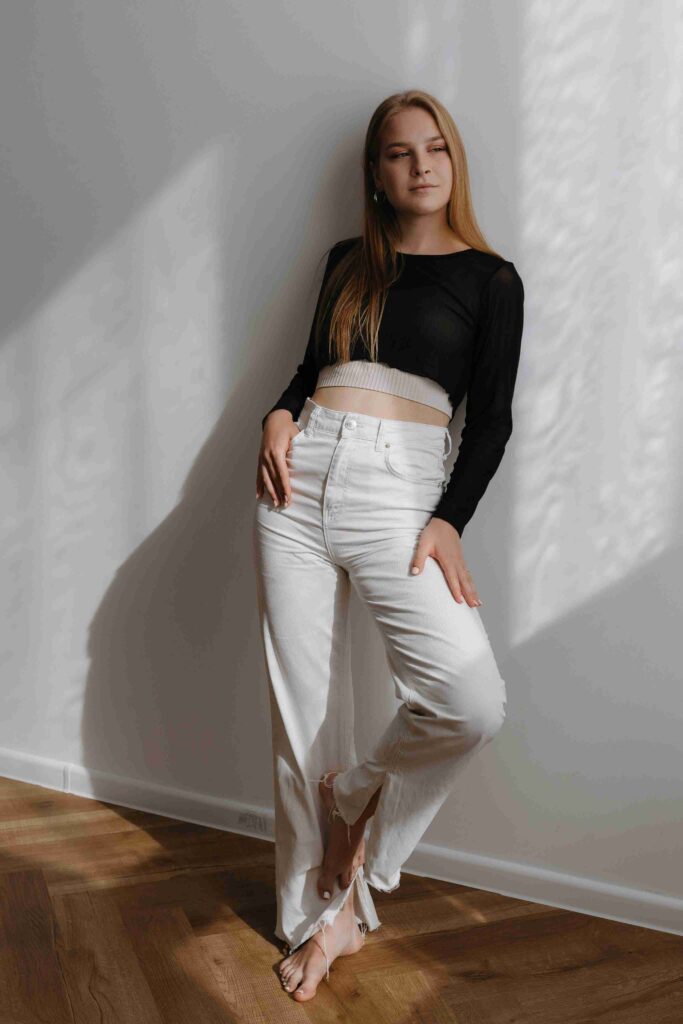
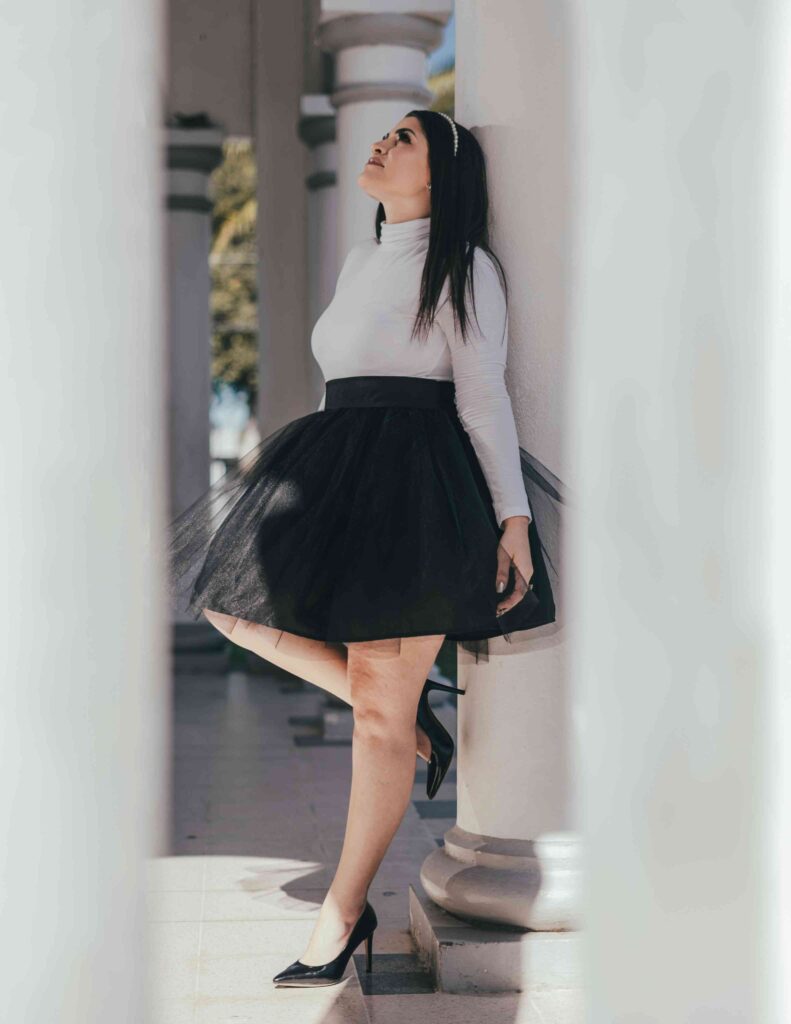
Global Architectural Wisdom: The Power of Silhouette
Once you understand these principles, you can see that the world’s most enduring garments are all masterclasses in architectural wisdom.
Style as Support, Not a Straightjacket
Think of your clothes like the support structures of a beautifully designed building. They should enhance and celebrate your form, not constrict or hide it. When we dress with this mindset, our clothes become a source of strength. This wisdom is universal, found in cultures across the globe.
Architectural Wisdom from Around the World
The Saree (India): The genius of this unstitched garment lies in its infinite adaptability. The wearer becomes the architect, using pleats to add structure to the lower body and the drape of the pallu to create a strong, elegant line. It is a masterclass in dynamic balance.
The Kaftan (North Africa & Middle East): Often found in warm, arid climates, this elegant garment creates a regal, unbroken column of fabric from shoulder to floor, which is inherently elongating. It often features a strong, defined shoulder line while the rest of the garment flows away from the body. This provides a brilliant balance of what we might call masculine structure and feminine fluidity, proving that power dressing can also be about grace and ease.
The Boubou (West Africa): The Boubou is a statement of unapologetic presence. It uses glorious volume to command space, creating a new, grander silhouette around the wearer. It teaches us that power doesn’t have to be sharp and angular; it can be magnificent, flowing, and full of life.

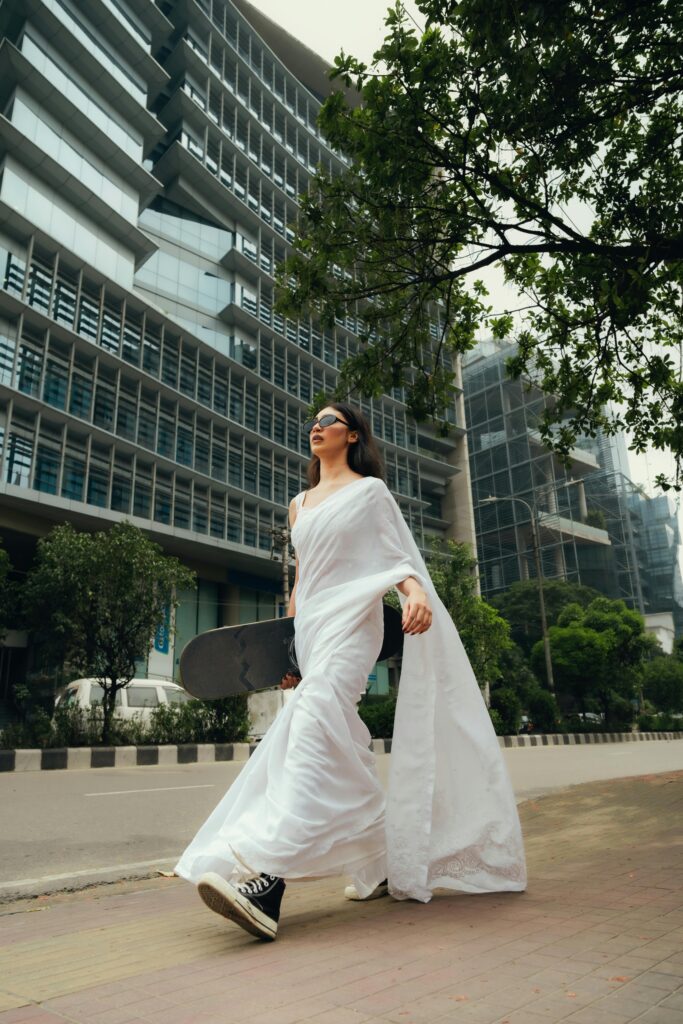
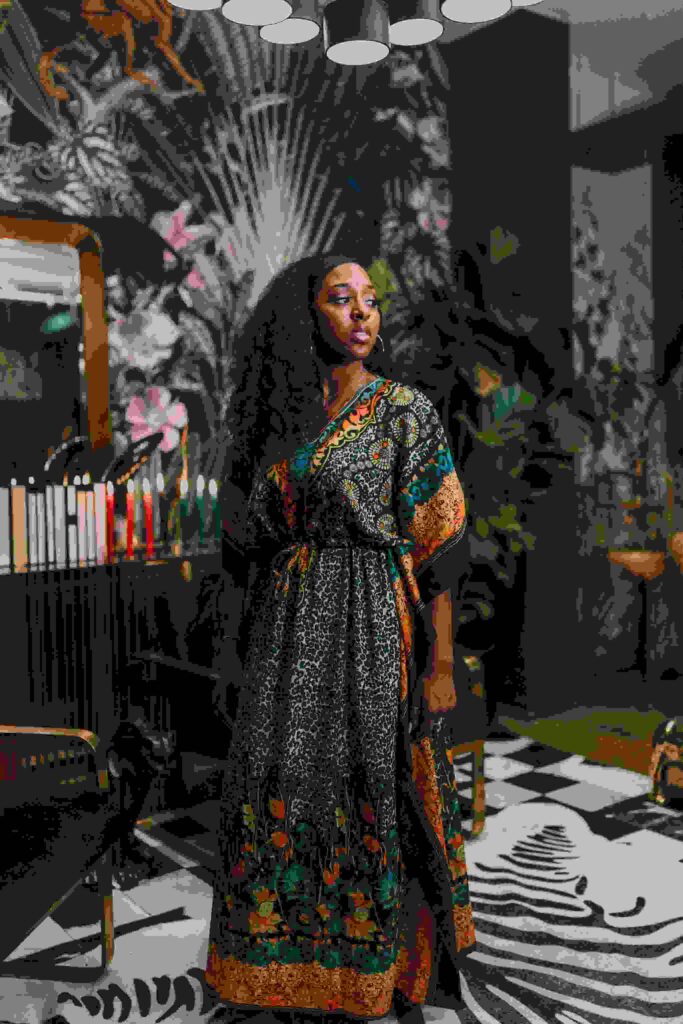
The Psychological Impact: Dressing to Expand, Not to Shrink
This is the real payoff. Understanding these principles isn’t just about looking good in photos. It’s about changing how you feel in your own skin.
This is the power of Enclothed Cognition in action. When you wear an outfit that feels architecturally sound and harmonious to you, you don’t just look more composed—you internalize that feeling. You stand taller. You feel more centered and in control. The external harmony creates an internal confidence that allows you to focus your energy outward, on your life.
Our goal is never to “minimize,” “slim,” or “hide.” That is the language of shame. Our goal is to celebrate your presence. Learning these principles gives you the tools to take up space confidently, powerfully, and authentically.
Conclusion: Your Personal Style Blueprint & Action Plan
You are now equipped with the foundational principles of architectural dressing. The next time you stand before your mirror, the conversation can be different.
Your Action: Go to your closet. Choose one principle we discussed today and experiment. See how pairing a V-neck top with a simple bottom makes you feel. Notice how an A-line skirt creates a new sense of harmony. This is the first step in learning to read your mirror as a diary.
Our Invitation: This is just the beginning. The world of style is vast and deep. To continue this journey of discovering how style can be a tool for sovereignty and self-respect, subscribe to the F_INT newsletter on Substack. Let’s continue the conversation.
Your body is not a trend. It is your home. Dress it with the respect and intelligence it deserves.
